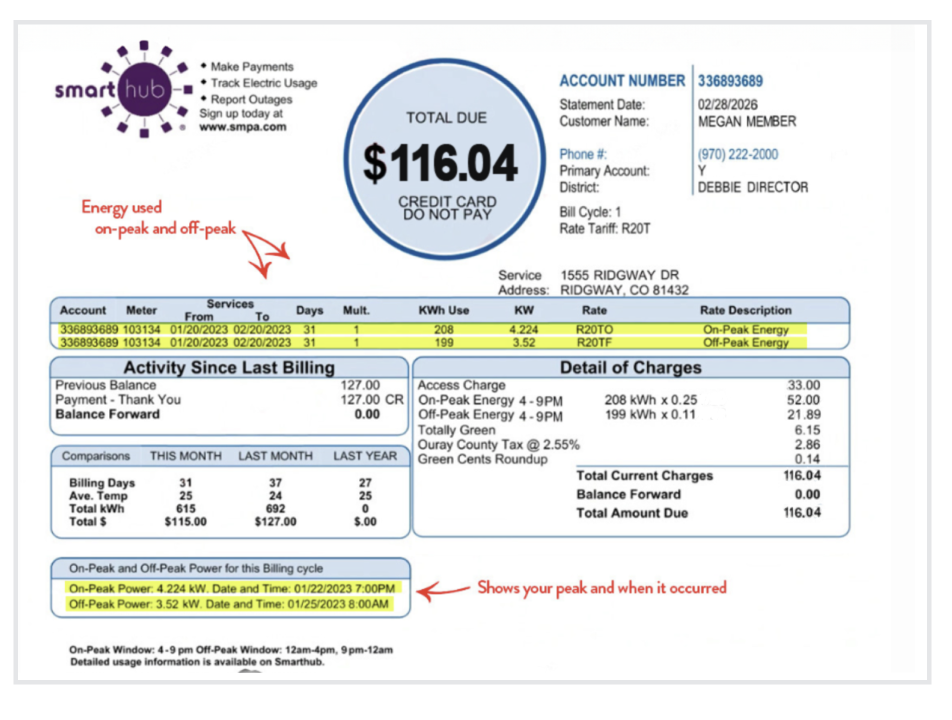What is Time-Of-Use?
SMPA’S Time-of-Use (TOU) rate offers members a discount on energy for 19 hours of the day, 11¢ / kWh (previously 13.5¢ / kWh). During the 5 hour “Peak” period of 4 p.m. to 9 p.m., members see a higher rate (25¢ /kWh). With minimal impact on the overall cost for most members, Time-of-Use creates incentives for members to use energy during lower-demand periods and it better reflects the actual cost of energy throughout the day.












